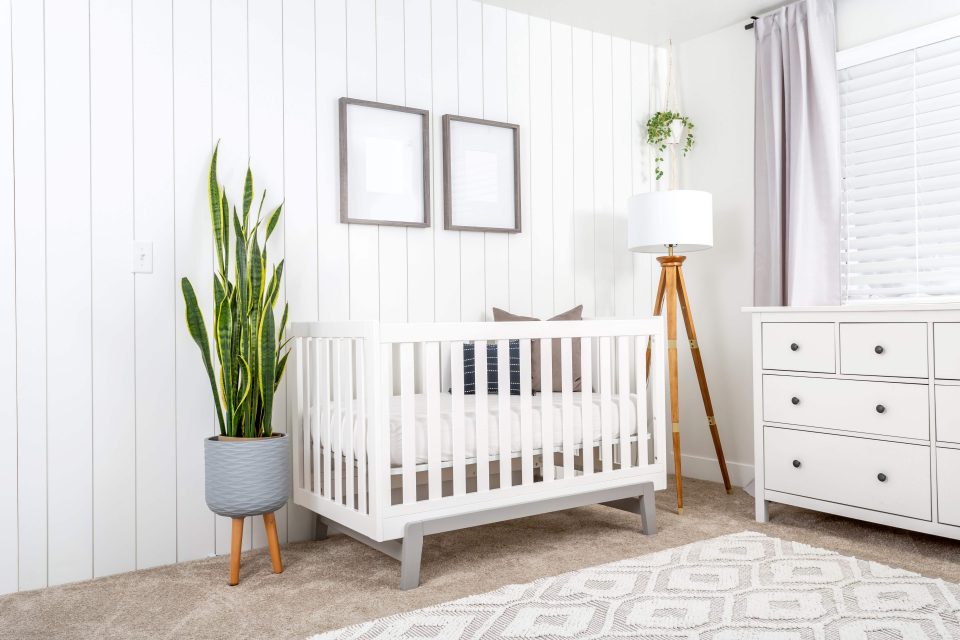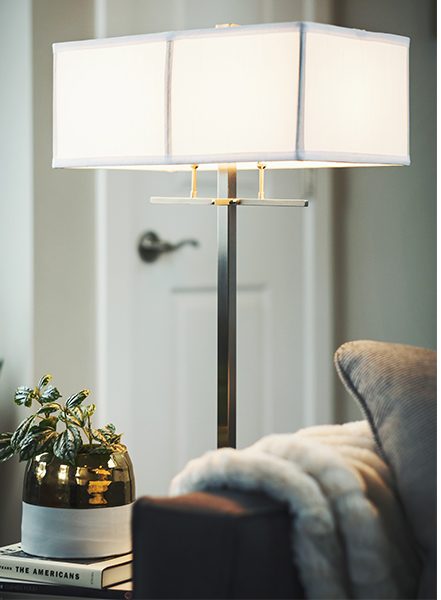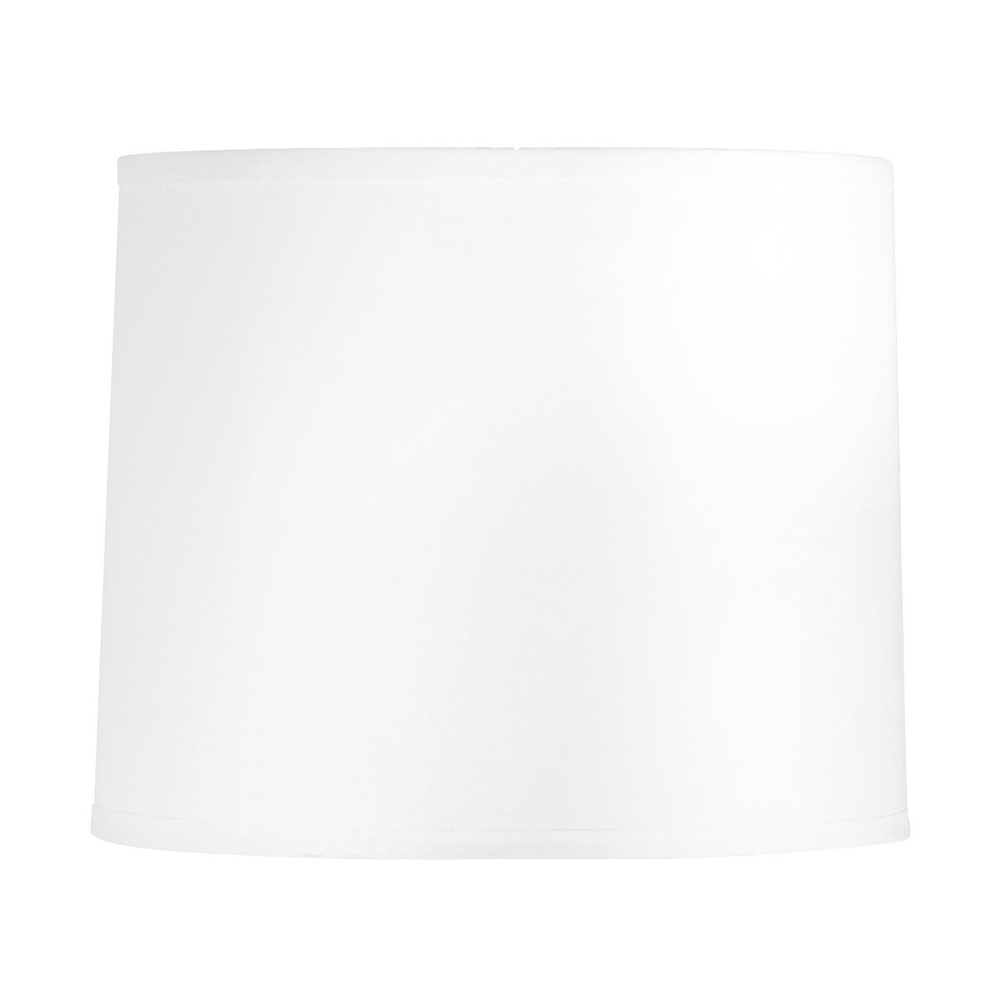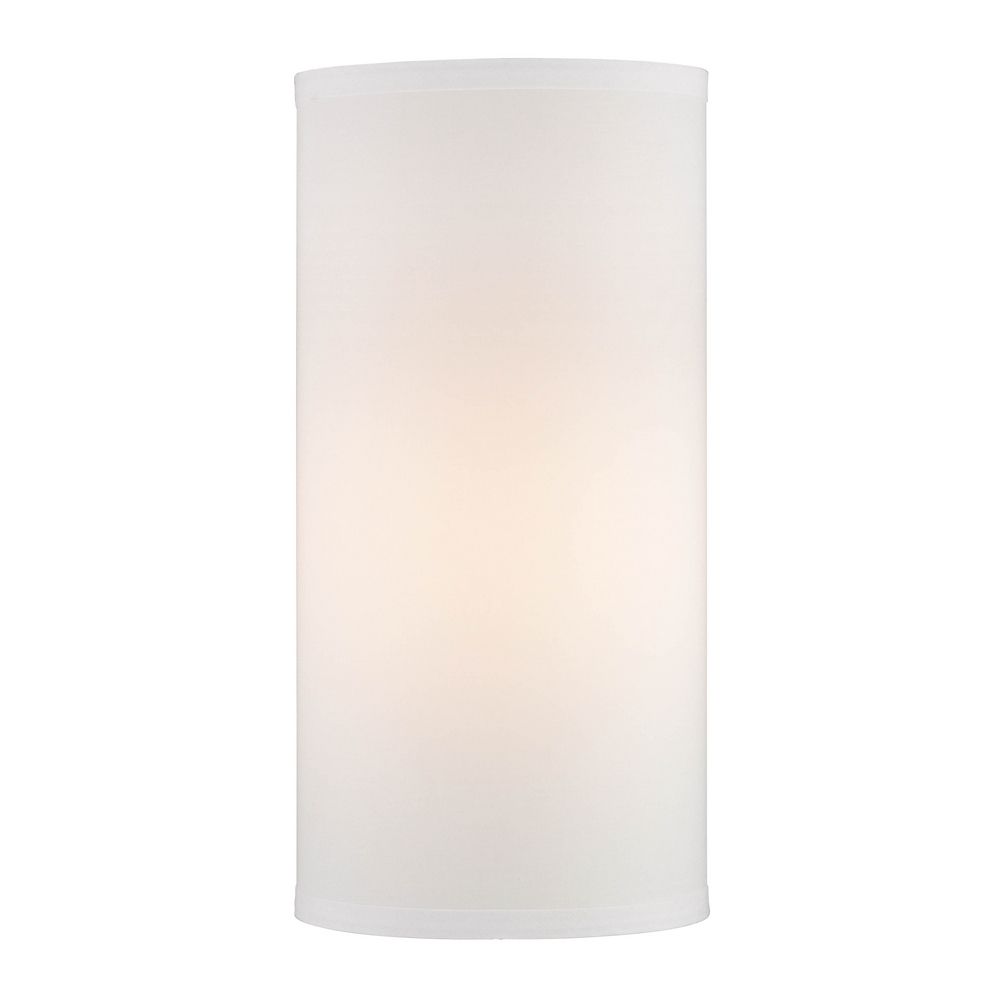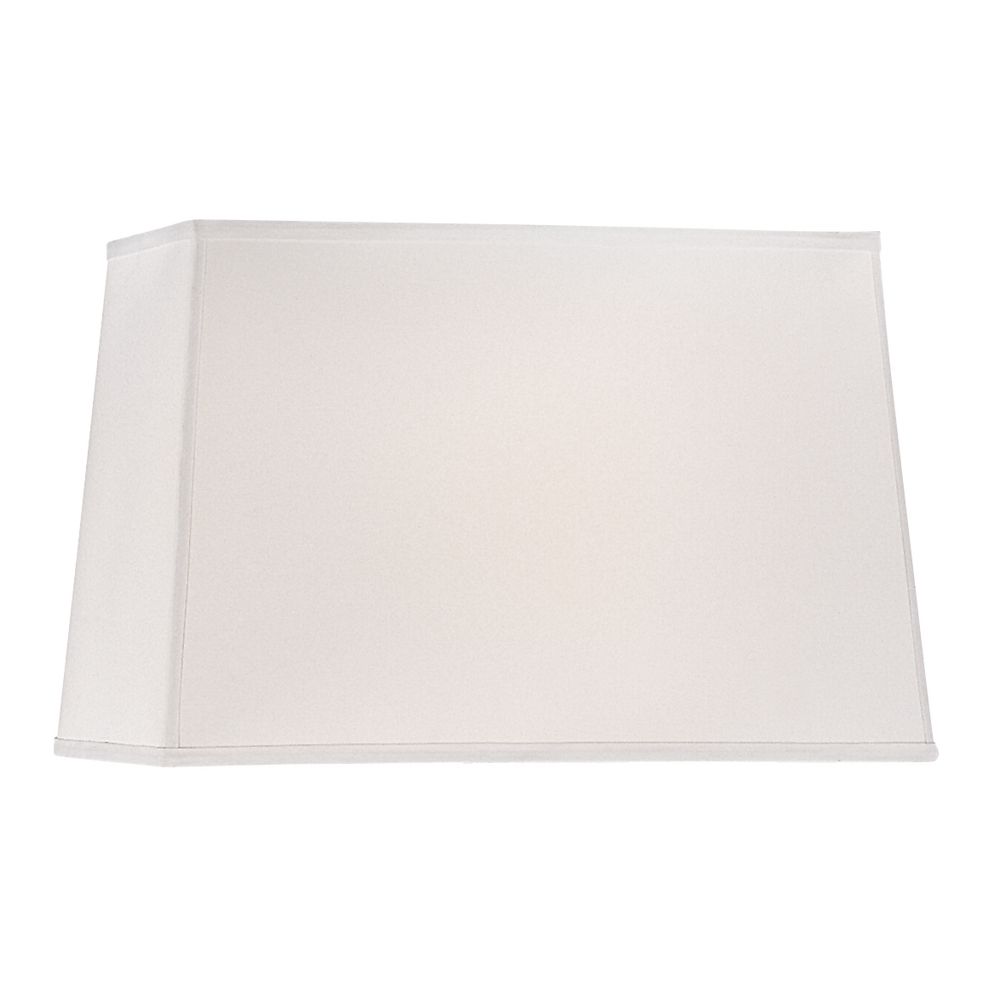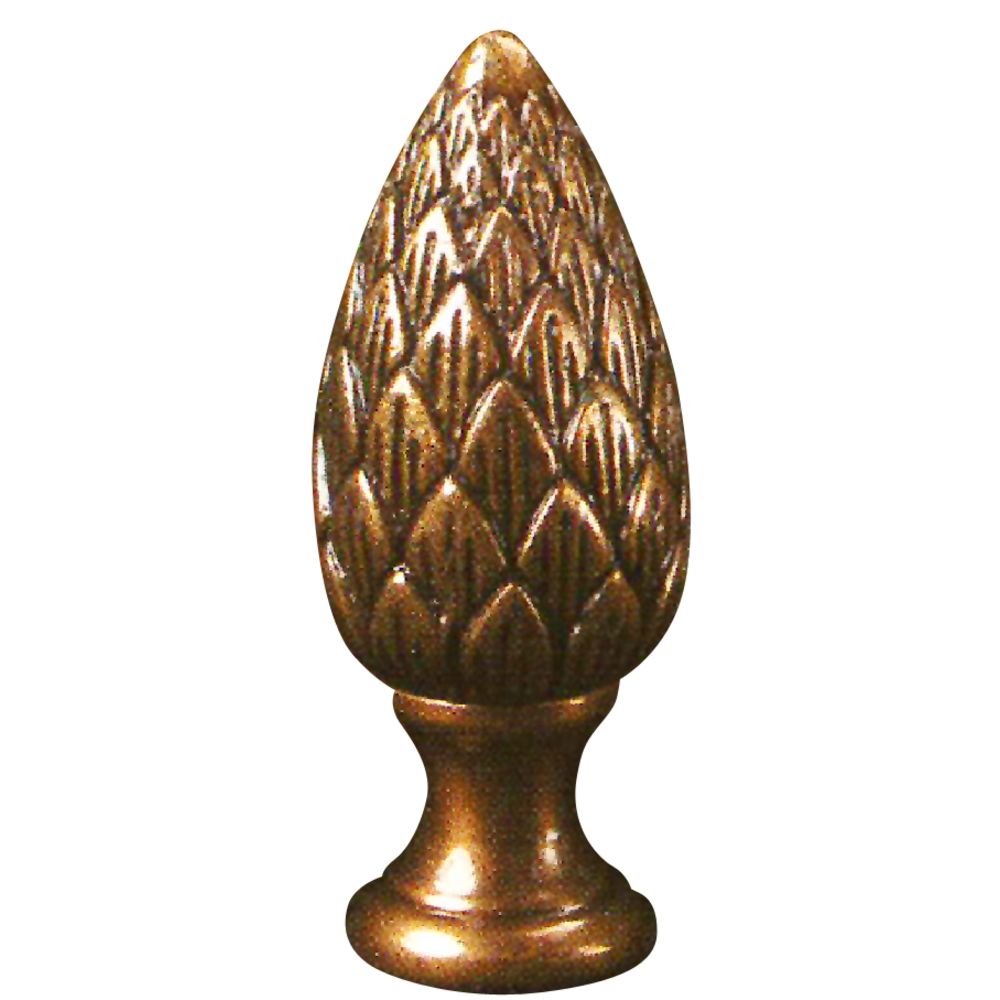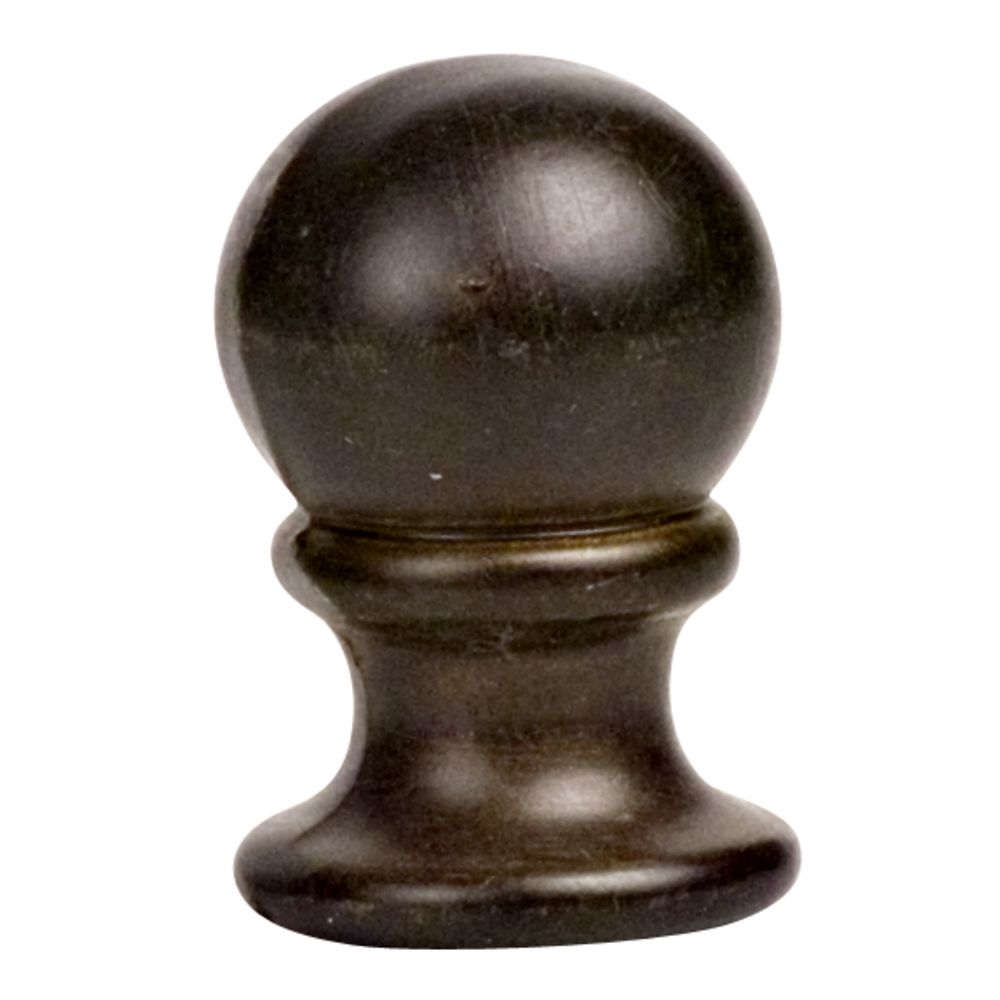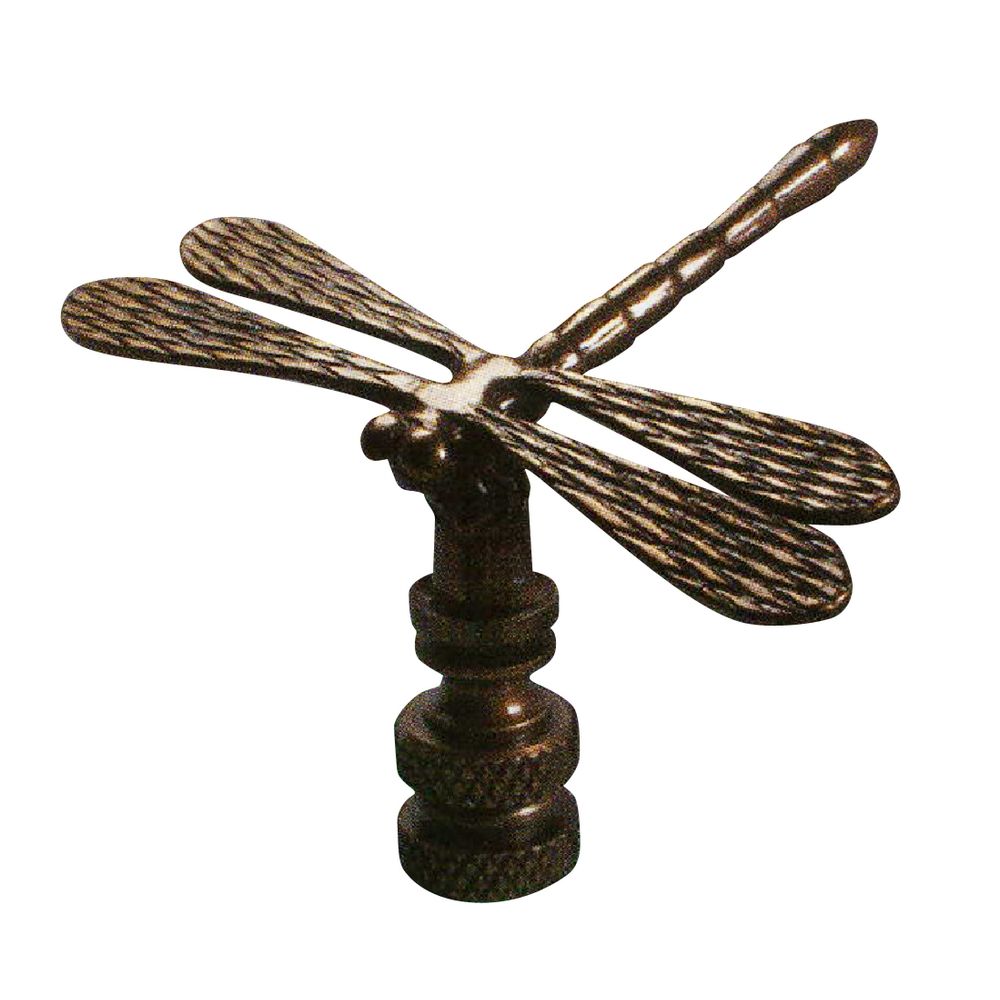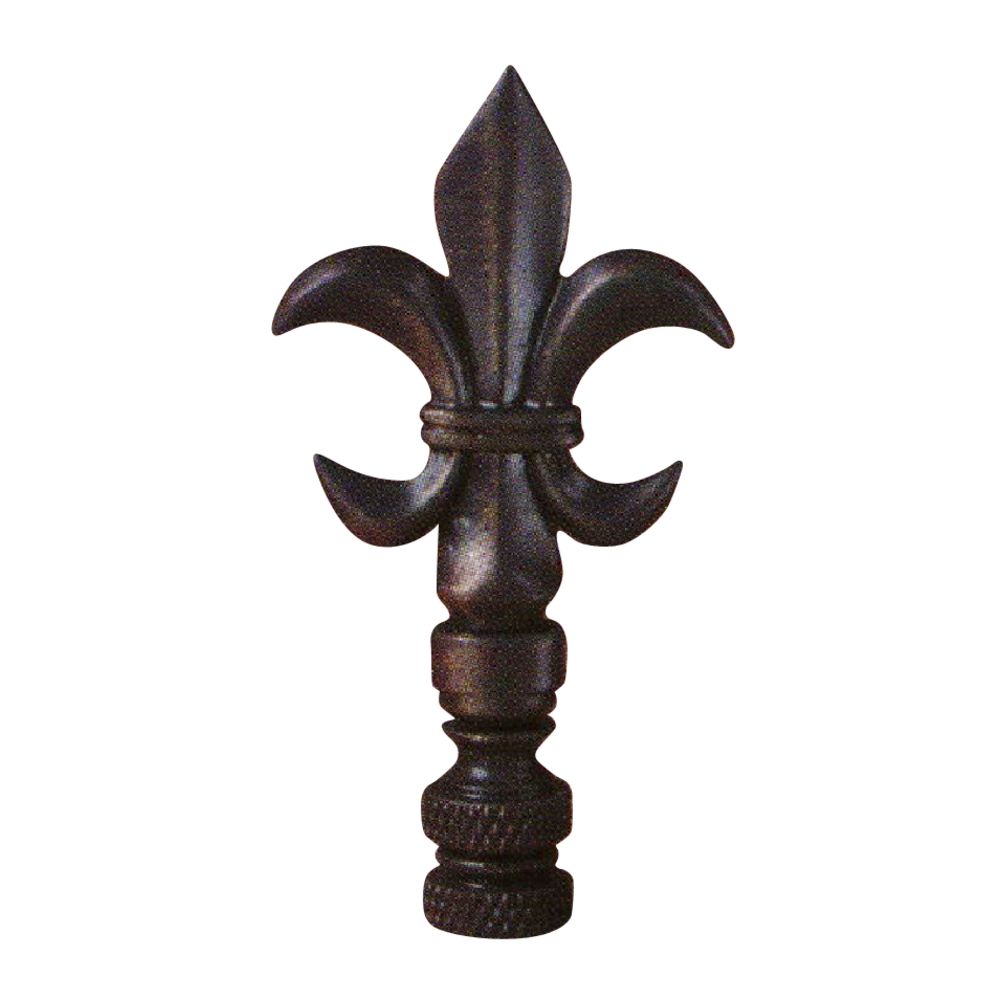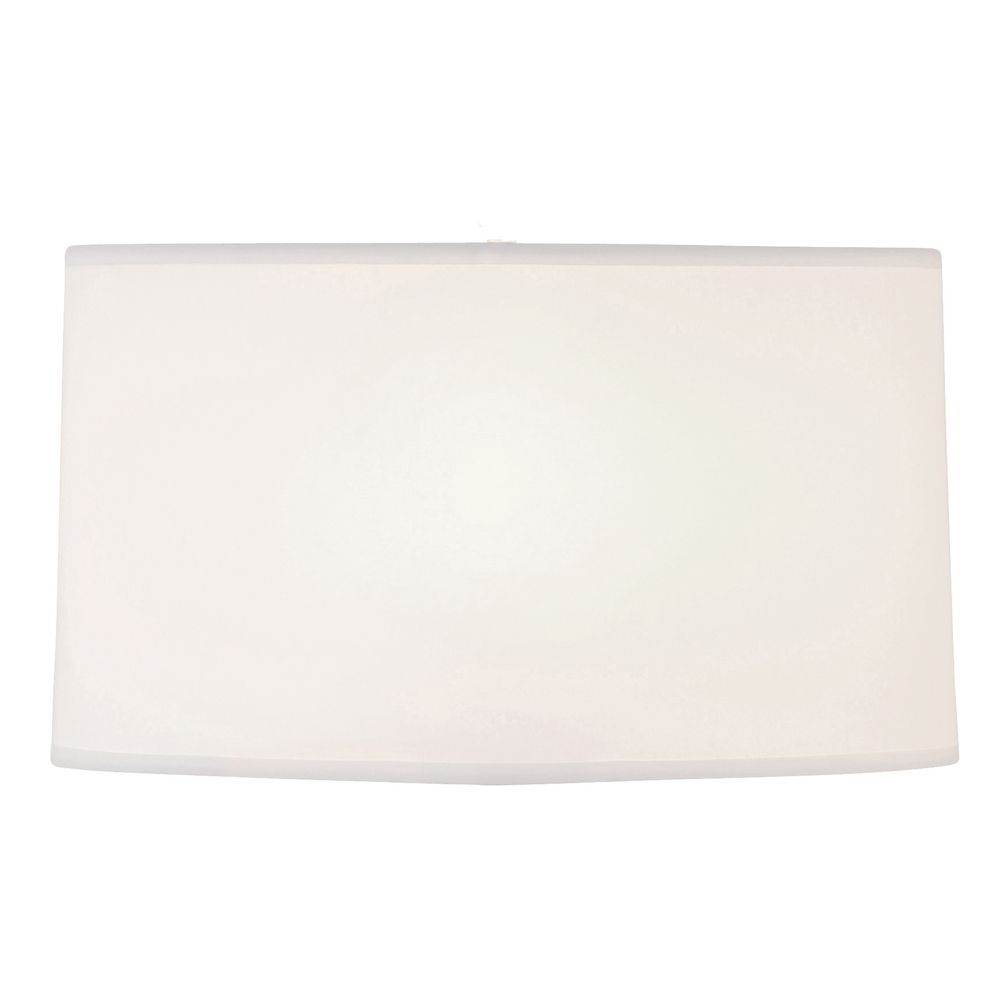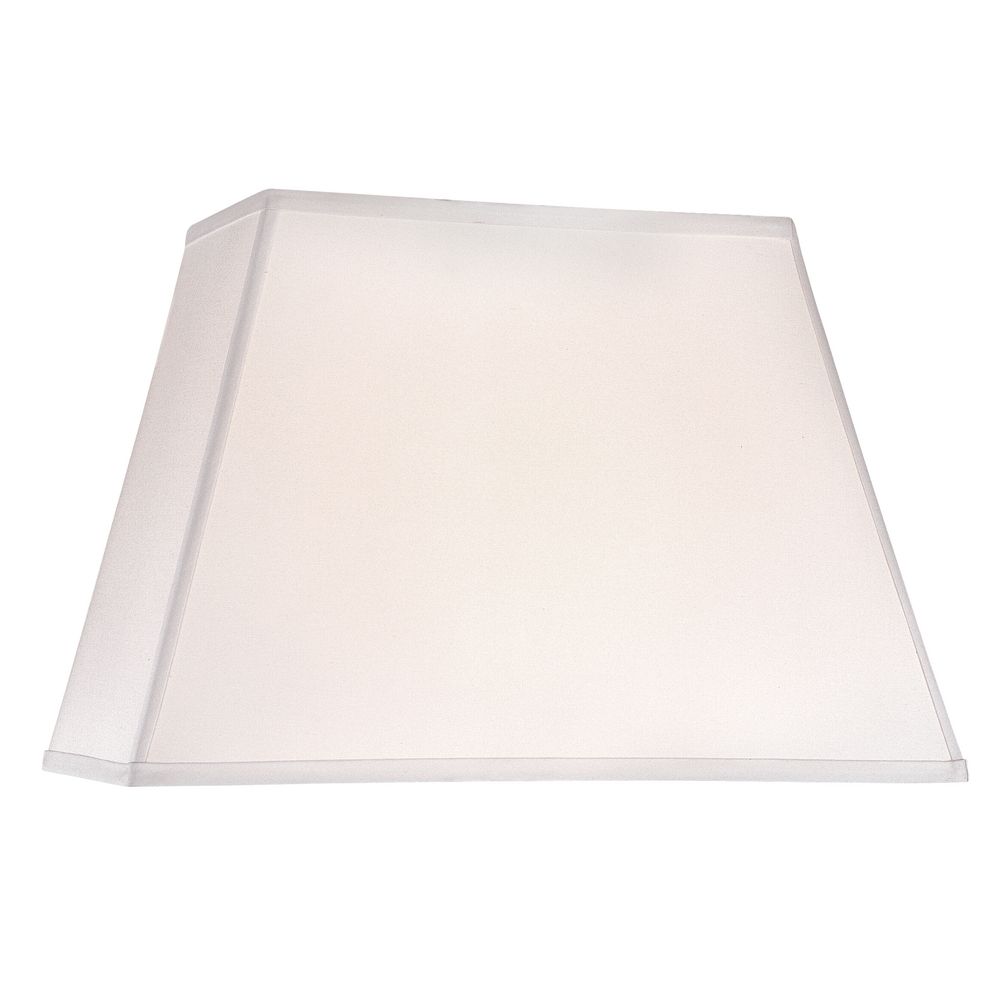The great thing about lamps is that as long as they work, they can stand the test of time. One reason is that with replaceable bulbs and lamp shades, they almost never go out of style. When you need an easy, affordable lighting solution, think about upgrading your existing lamp shade, or finding one used and upgrading its features.
The fun part is choosing a lamp shade that matches your taste. Because lamp shades come in all shapes, sizes, styles, colors, materials and textures, picking the right one can be a bit of a challenge. There’s a lot more that goes into lamp shades than you might think at first. So we put this guide together to help you through the process. Once you understand the basics, choosing shades can be an enormously creative, rewarding process.
A lamp shade for every corner of the house
Choosing a lamp shade is all about style. Think about the broader goal of your room. Do you have a minimalist taste? Traditional? Eclectic? There is no right answer, but your lampshade should serve as an extension of your personality.. At times this will mean keeping it simple and understated, to create a clean aesthetic or emphasize different accessories; other times it will mean making a decadent, bold statement where the shade commands attention and becomes a focal point of the room.
The cardinal rule of lamp shade size and placement, according to our own Ron Leddusire, Senior Designer at Destination Lighting, is, “Never let the hardware show at eye-level.” Mixing and matching styles, shapes and colors are all acceptable, but if the shade is too short—especially if the lamp is placed on a mantle or higher surface—then the hardware will show, and that’s definitely a fashion faux-pas.
Because the effects of a lamp shade can be so dramatic and divergent, determining the function and placement of your fixture is the first order of business. Begin by asking these questions:
1. What type of lighting do I need? There are four types of lighting to consider —decorative, accent, task and ambient. Understanding your purpose will determine if the shade needs to be broad and translucent (task and ambient) or colorful and opaque (decorative and accent).
2. If the lamp is being used for a task light, how many people will be using it at once? The answer will determine how broad the bottom of the shade needs to be (the greater the audience, the wider the shade).
3. Where will the lamp be placed? Generally, the lower the placement of the lamp (e.g., on an end table), the shorter the shade can be; the higher the placement (e.g., on an upper shelf), the longer the shade must be. Otherwise the bulb and assembly will be in view.
Best-selling Lamp Shades at DestinationLighting.com
Next, consider proportion and scale. The shape of the shade — bell, coolie, drum, empire, hexagon, square — is usually determined by the size and shape of the lamp base. For example, square bases typically go with square shades, and slender bases pair well with sleek shades. But there can be exceptions. For example, a rounded shade might look fabulous with a square base when placed on an oval table. “Just go for a shape that works,” Leddusire says. “The lamp shade that you like is always the correct one.”
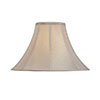 |
Bell shape: Popular in the Victorian era, bells are well suited to traditional interiors. |
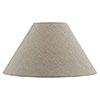 |
Coolie shape: This shape gives any base a contemporary look. |
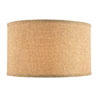 |
Drum shape: At home in mid century modern interiors, a drum shade is best paired with spherical or pure geometrical bases. |
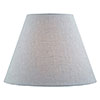 |
Empire shape: This classic shape looks right atop nearly any base. |
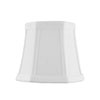 |
Hexagon shape: This unusual shape evokes an early-twentieth-century rustic feeling. |
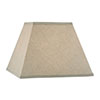 |
Square shape: Match a square shade with a square base, or contrast it with a round one for an unexpected twist. |
Lamp shade sizes and surfaces
While there is no simple formula for fitting shades to floor lamps, there is one for table lamps:
The height of the shade = 2/3 the height of the base; width of the shade = 1/2 inch wider on each side than the widest point in the base.
Shade surface — the material the lamp shade is made of — is a little trickier, as that decision is based on both function and room décor. For example, if the purpose of the lamp is to provide accent lighting or to create a diffused effect, then a dark-colored shade of a dense material is ideal because it will project light from the top and bottom but not much through the shade itself. On the other hand, if the purpose of the fixture is to provide powerful illumination for bright ambient light, then a translucent fabric shade is needed. This can be soft or hardback, and most commonly would be an eggshell, natural fiber or off-white color.
Other than functional constraints, there are no hard and fast rules governing what materials work best for which shades. Generally, you want to match furniture finishes, wall color, window treatments or floor coverings but, as Leddusire says, “it’s a fashion industry,” which means surface choice is always subjective. Pick something that you won’t mind having people talk about at dinner parties.
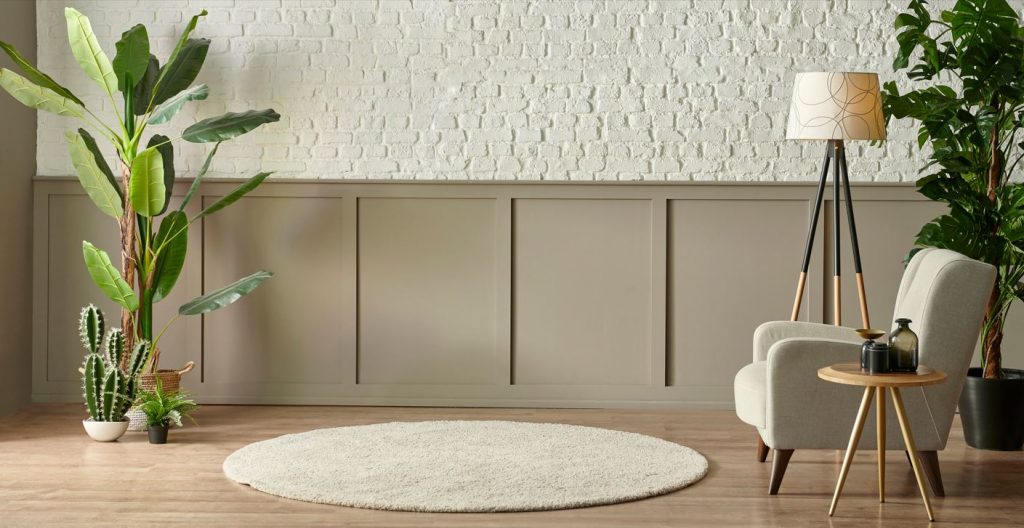
The 4 designer rules of lamp shade selection
- The more light you need, the more transparent the material and larger the shade.
- The higher the wattage, the larger the shade.
- Never let hardware show at eye-level.
- The shade you like is always the right one.
Safety in lamp shade selection
Don’t laugh, but a major yet often overlooked aspect of lamp shade selection is safety —specifically, heat generation in relation to shade size. Higher wattage bulbs generate greater amounts of heat and require more ventilation, which means larger or wider shades must be used. Put simply, the higher the wattage, the larger the shade.
The crucial information you need to obtain in order to determine if the shade is large enough for the bulb strength you are going to use is the “critical radius” or measurement taken from the middle of the light bulb to the inside edge of the lamp shade. For example, for a 60-watt bulb, there must be at least 2-7/8 inches of space between the filament and the inside edge of the lamp shade in order to operate safely.
The Underwriters Laboratories rating (UL rating) listed on the socket will indicate the highest wattage bulb allowed for the lamp, and you should strictly adhere to this rating for safety. Through extensive testing, UL has determined the following safe critical radius ratios:
Heat Ventilation Guide
| Lamp Base / Bulb Size | Wattage | Critical Radius |
| Medium | 0-25 Watts | 1 5/8″ |
| 26-40 Watts | 2″ | |
| 41-60 Watts | 2-1/2″ | |
| 61-75 Watts | 2 7/8″ | |
| 76-100 Watts | 3-1/2″ | |
| 101-150 Watts | 4-3/4″ | |
| Candelabra | 0-25 Watts | 1-5/8″ |
| 26-40 Watts | 2″ | |
| 41-60 Watts | 2-1/2″ |
Parts of a lamp shade and assembly
Once you’ve picked the appropriate size of your lamp shade, you need to consider how it will attach to the base. The three most common types of lamp shade assemblies are: spider, uno and clip on.
The spider shade lamp, or standard assembly lamp, is the most conventional, consisting of multiple spokes positioned at the top of the shade that meet at a central point. The small ring in the center of the spokes attaches to the harp, which is the arched piece that goes around the light bulb. The harp comes with the base and can be adjusted to move the shade up or down. The ring on the spider fitter sits on the flat spot of the harp. Secure it on top of the shade with a finial, and turn it clockwise to tighten and hold the shade in place.
Most shades with an uno assembly are hanging lamps. They have no harp, and the bulb sits upside down. The uno assembly attaches to the lamp base instead of the lamp harp. There is a ring in the center. Wires descend from the shade to form a “V,” and these attach to the ring just below the light bulb.
Clip on lamp shades are the least common. These shades have teardrop-shaped metal pieces that slide over the light bulb. Some have two curved pieces that slide down around the light bulb to hold the shade in place. Others have four pieces called clips. Candelabra clips are made for candelabra bulbs, while round clips are made for standard bulb shapes.
Most lamp shades come with spider assemblies but can work with clip-on or uno assemblies if the size of the shade and bulb are appropriate. Simply remove the harp from the lamp base to use with a different shade assembly, either installing the uno ring fitting (for uno assemblies) or clipping on the lamp shade over the bulb (for clip on lamp shades).
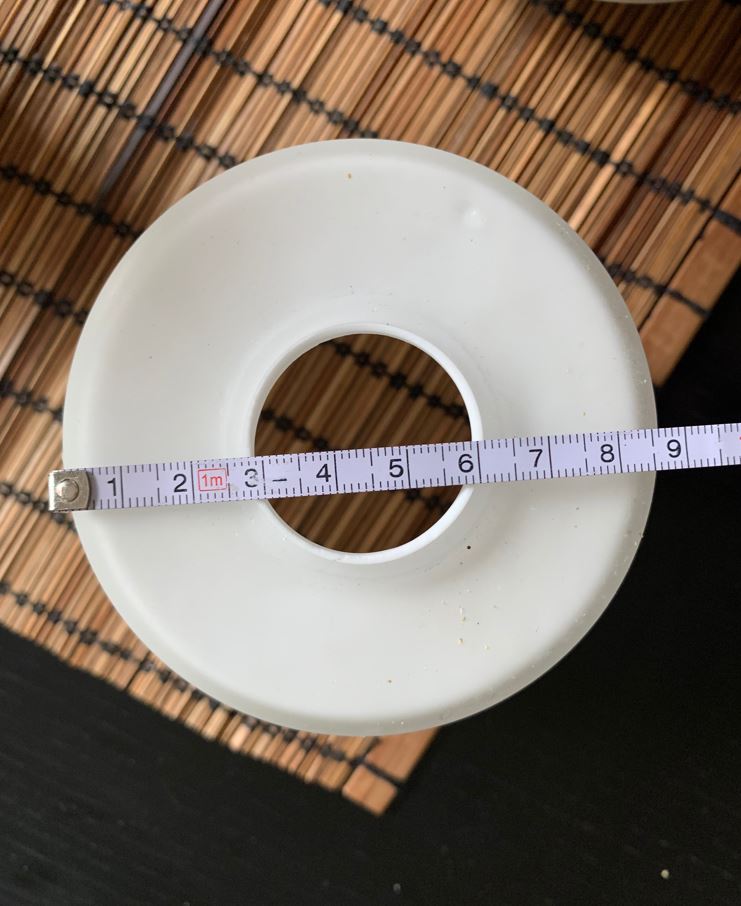 Measuring a lamp shade
Measuring a lamp shade
Deciphering lamp shade measurements can be difficult, but the system is logical once you know what the numbers mean. Basically, lamp shade sizes are expressed in three dimensions: the first represents the top diameter, the second indicates the bottom diameter, and the third states the length of the slant. For example, 6 × 12 × 10 means that the top opening is six inches wide, the bottom is 12 inches wide, and the shade has a slant that is 10 inches long. Sometimes the fitter recess depth (or “drop”) is also taken into consideration and listed fourth, so if you see a fourth number, you’ll know what it is.
And to top it all off…Finials
When you’ve settled on a lamp shade, you may consider topping it with a decorative finial. This is the fastener that holds the shade in place. The finial doesn’t have to be boring or flush with the top of the shade; it can add a whole new dimension to your fixture.
Finials come in an array of designs, sizes and temperaments — from an opulent, sparkling star-cut crystal to a whimsical, life-sized porcelain golf ball. By adding an ornamental finial, you can entirely transform the look of your lamp shade or complete its design. Changing the finial — like changing the lamp shade itself — is also a cost-effective and easy way to update a fixture and a room.
Don’t forget the Four S’s of Lamp Shades
As you can see, choosing the right lamp shade involves a good deal of thoughtful consideration and a host of optional elements. But if you follow the guidelines we’ve set forth, you can transform any environment into a spectacular and functional living space quickly and easily. Just remember the four S’s of lamp shade selection:
- Shape
- Size
- Surface
- Safety
Best Selling Lamp Shades at DestinationLighting.com
Destination Lighting takes the hassle out of shopping
Destination Lighting makes it simple to find the exact lamp shade you’re looking for. Shopping for the right shade is a breeze using our website, which allows you to sort shades by color, category, shape, size, style, material, brand, ornamentation (beaded, lace, piping, pleated) and even special features like “in stock” and “on sale.” Simply select your criteria from the menus and get a list of filtered selections for perusal.
In addition, Destination Lighting offers a plethora of designs, from the latest fashions to traditional, plus lamp parts and accessories to add just the right finishing touch.
If you have any questions about selecting the right lamp shade, feel free to contact us anytime! We love to help!

